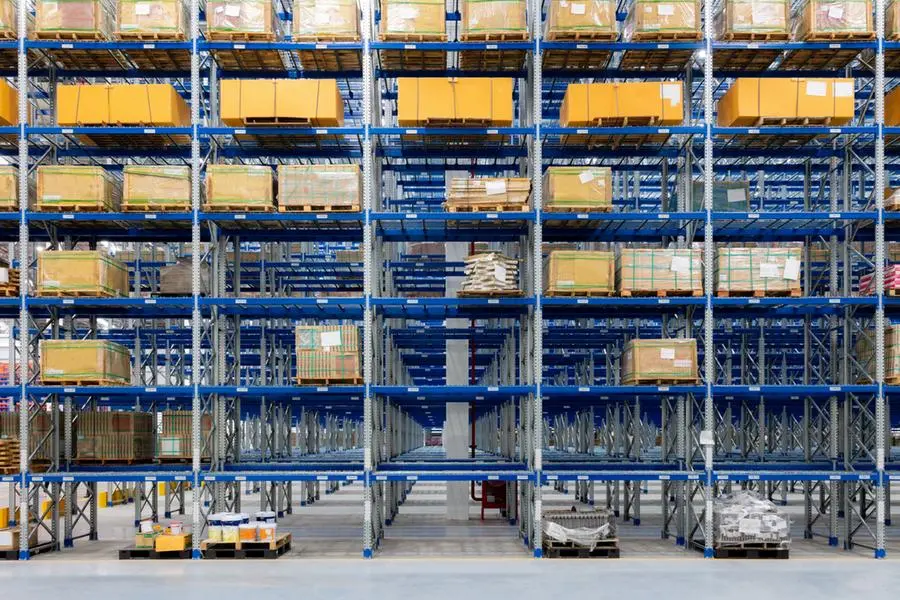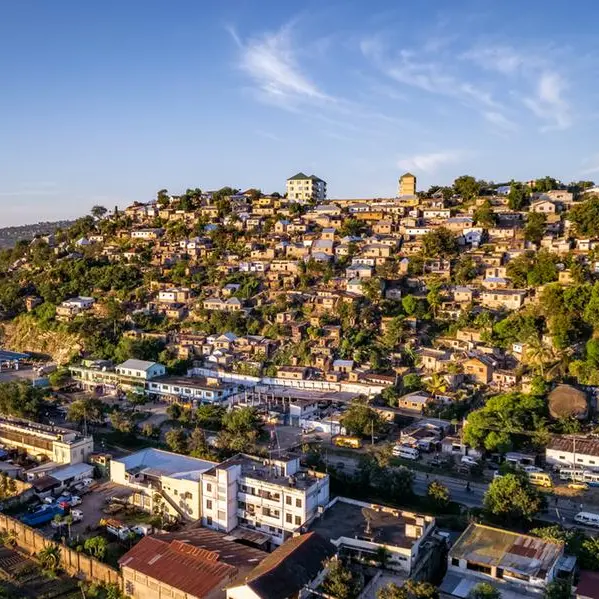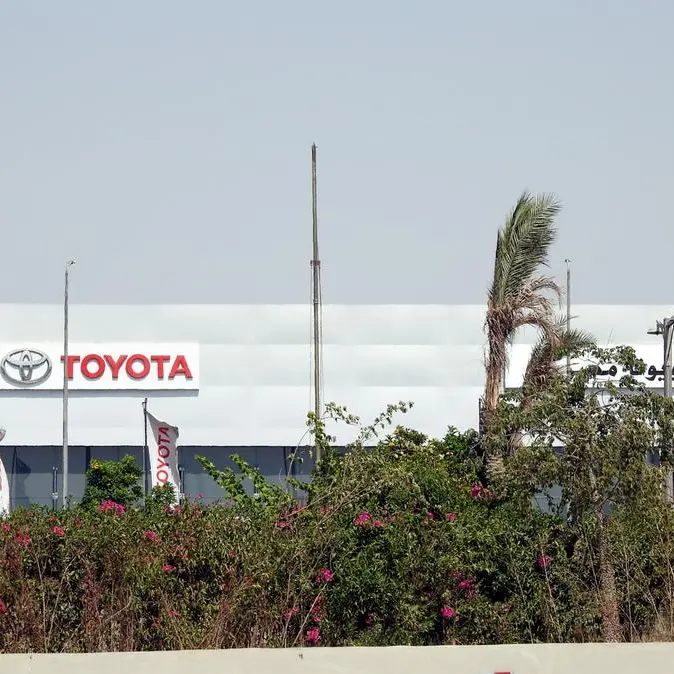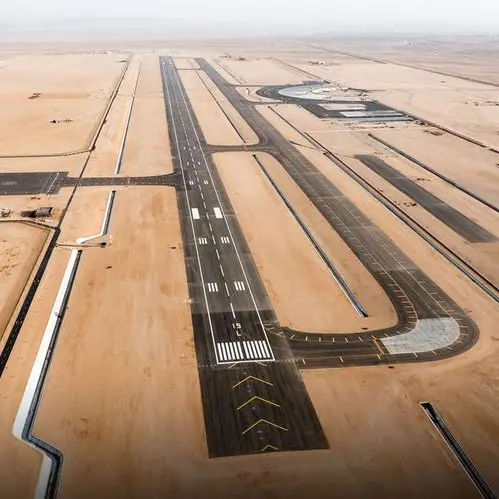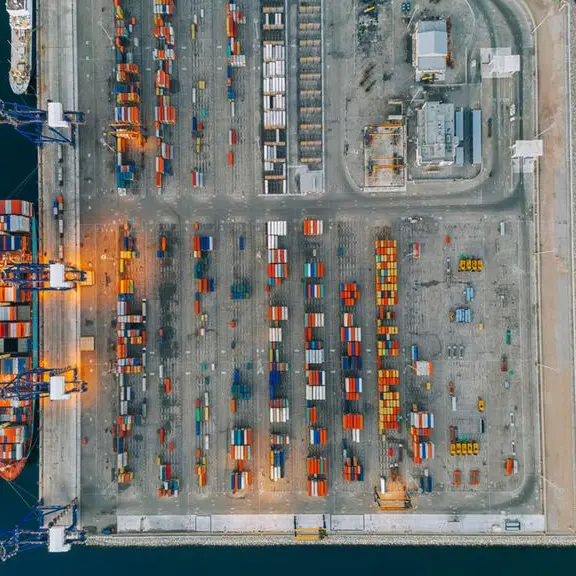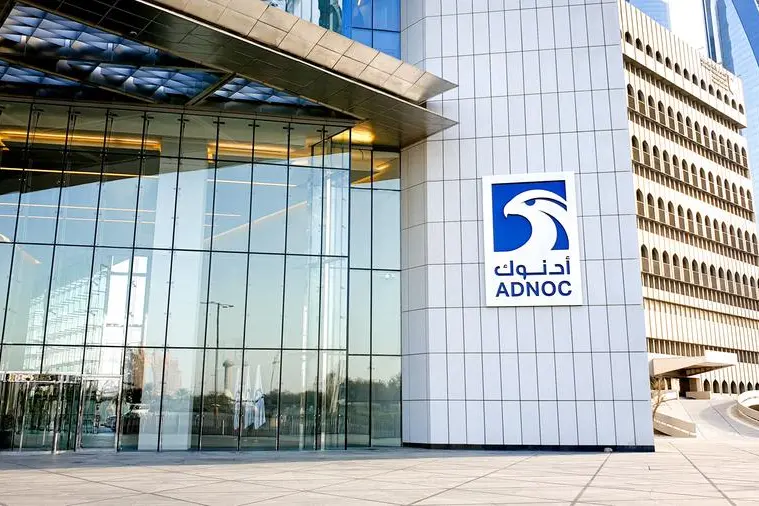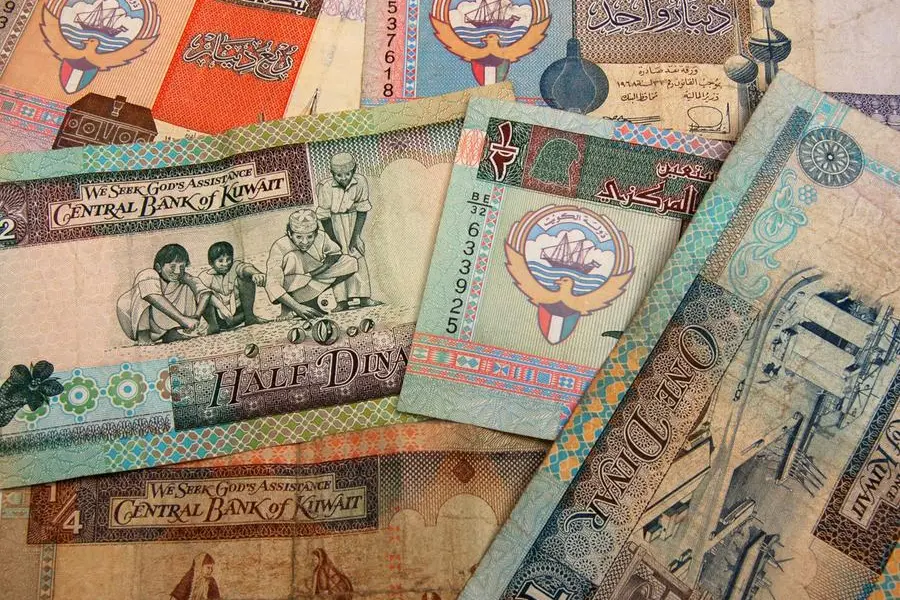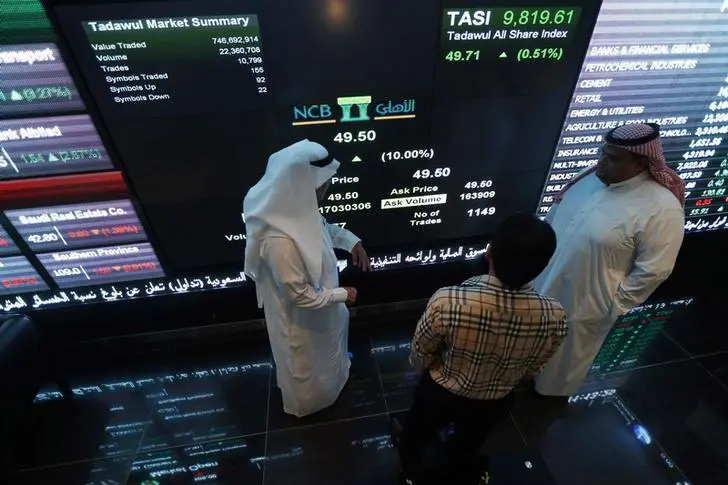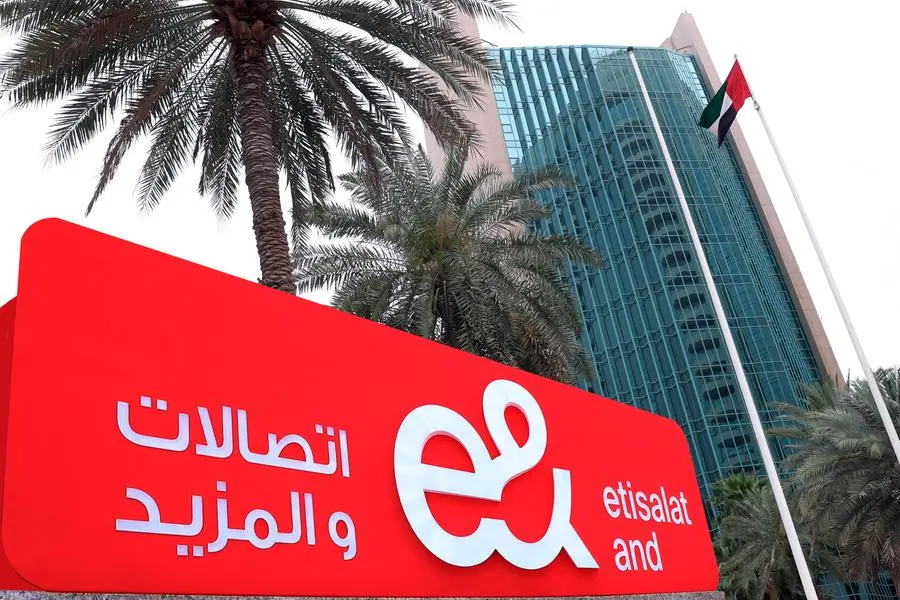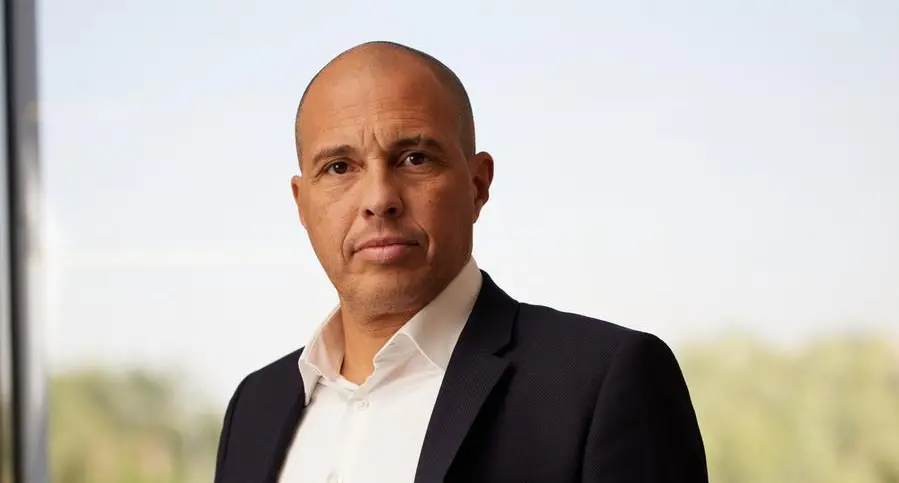PHOTO
Saudi Arabia's logistics and warehouse sector is undergoing rapid transformation, fueled by sweeping economic reforms under Vision 2030, surging e-commerce activity, and growing investor confidence.
With more than 1 trillion Saudi riyals ($267 billion) in investments planned by 2030 and SAR200 billion already deployed, the Kingdom is positioning itself as a regional and global logistics powerhouse.
Data from the General Authority for Statistics shows the number of logistics hubs in the country has jumped 267 percent since 2021, reaching 22 centres by the end of 2023. These hubs span over 34 million square metres (sqm), a reflection of the sector's rapid infrastructure expansion.
Isa Al Khalifa, director of MENA real estate at Bahrain-headquartered international asset management firm Arcapita pointed out that the Kingdom’s investor-friendly initiatives differentiate it from other Gulf markets. These include Special Economic Zones offering tax incentives, eased foreign ownership restrictions, and simplified business licensing procedures.
Al Khalifa added that the government has extended significant funding support through entities like the Saudi Industrial Development Fund (SIDF) and the Saudi Authority for Industrial Cities and Technology Zones (Modon).
"It also includes Public-Private Partnerships (PPPs) through MOT (Ministry of Transport) that enable private investors to properly navigate the investment landscape and gain access to unique investment opportunities," he said.
He pointed out that the easing of foreign property ownership restrictions is also making direct investment in logistics assets more accessible.
The company had previously told Zawya Projects that it is doubling down on Saudi logistics and warehouse sector.
Riyadh at the forefront
The Kingdom’s regulatory support is being complemented by steady market demand, as industrial and logistics rents in Riyadh and Jeddah continue to edge up, supported by economic diversification and the growth of e-commerce.
National warehouse occupancy stood at 97 percent by mid-2024, according to real estate consultancy Knight Frank, pointing to a tightening supply of quality logistics space.
Riyadh remains at the centre of this expansion, with warehouse and logistics stock reaching 28 million sqm as of the first half of 2024 with an additional 820,000 sqm under construction, according to Knight Frank.
The capital also accounted for more than half—52.9 percent—of the Kingdom's 12,451 warehouses, covering around 10.6 million sqm as of first half of 2024.
"As of now, there's a fair bit of supply gap in Riyadh as well as the larger Saudi market. It’s driven by consumer-centric sectors like e-commerce, FMCG, retail, and manufacturing, alongside the ongoing giga projects," said Abhishek Mittal, head of industrial advisory, MEA at JLL.
He said demand is definitely outpacing supply, especially “when it comes to good quality Grade A warehouses."
"There’s very limited vacancy in good Grade A boxes — you can count Grade A supply on your fingers in terms of organised development. There’s the Agility Logistics Park, The Logistics Park by Kaden, and most others are either build-to-suit facilities or smaller, less scalable spaces," he said.
To alleviate some of this supply strain, new developments are being launched. "There’s the SILZ (Special Integrated Logistics Zone Company), which has been announced, and new projects are expected in the South and East of Riyadh. These developments should ease some of the supply constraints over the next 12 to 18 months," Mittal noted.
Rising rents
Rising warehouse rents are both a sign of market strength and a challenge for occupiers. In Riyadh, rents have jumped more than 10 percent over the past year to reach SAR 210/sqm, with occupancy hovering around 97 percent.
Matthew Green, head of research at CBRE MENA, acknowledged the rising cost pressure. "This rise in costs could indeed drive businesses to explore more affordable locations within the Kingdom," he said.
Still, Green pointed out that relocation decisions are complex and depend on factors like proximity to markets, infrastructure, and access to labour. “While some companies will relocate, many will stay in Riyadh due to the developed logistical networks within the city," he said.
Mittal added that many occupiers are exploring alternative options in satellite markets like Sudair and Al Kharj. “Some occupiers are moving into Grade B developments temporarily, waiting it out until new Grade A supply hits the market," he said.
Jeddah is emerging as another logistics hub, with 19.6 million sqm of warehouse and logistics stock. Major projects such as Maersk’s logistics park and Aramex’s new facility at Jeddah Islamic Port have further strengthened the city’s logistics profile.
Located along critical global shipping routes, Jeddah serves as a strategic transshipment point. Average lease rates in the city have reached SAR 208/ sqm, with occupancy levels mirroring Riyadh at 97 percent, according to Knight Frank.
Jeddah also leads the Kingdom in terms of total logistics footprint, with five logistics centres covering a combined 20 million sqm—the largest in the country.
Foreign interest rises
Saudi logistics sector has attracted both regional and international investors, with Green noting that demand for quality warehousing in Riyadh is “reflective of the country’s booming non-oil sector and rising population,” which has, in turn, fueled the growth of key occupier segments such as e-commerce and its associated logistics needs.
He also emphasised that the growing momentum has prompted greater collaboration between local and international stakeholders. "Joint ventures, knowledge transfer, and technology sharing can help combine expertise and capital with local market knowledge and land access, accelerating the development of modern facilities," he said.
Green cited the SAR 2 billion partnership between GFH and Panattoni Saudi Arabia as an example of deepening private sector participation in the Kingdom’s logistics sector. The project aims to develop 500,000 sqm of logistics space across Riyadh, Jeddah, and Dammam—including a 50,000 sqm logistics park in South Riyadh—where GWC is set to be a major tenant.
Mittal also noted a rising number of joint ventures being formed between local and foreign developers. “Even if it’s not strictly foreign, regional developers are coming in," he said.
"Players like GII, which are UAE-based but expanding into Saudi, and Panattoni, who have publicly announced their plans to enter the market, are increasing their warehousing presence here."
Al Khalifa of Arcapita reiterated the appeal of the sector, noting that “Saudi Arabia’s logistics and warehouse sector stands out as a compelling asset class due to a combination of strong macroeconomic fundamentals, government-backed initiatives, and favorable market dynamics.”
He highlighted Vision 2030 as a major driver, noting its focus on transforming the Kingdom into a global logistics hub. "This includes significant investments in infrastructure, such as new ports, airports, road networks, and special economic zones (SEZs) designed to attract foreign investment," Al Khalifa added.
These strategic shifts are translating into robust capital flows. According to the Saudi Industrial Development Fund, loans exceeding SAR 180 billion have been issued to more than 4,000 projects, with total investments approaching SAR 700 billion. The National Industrial Strategy aims to raise industrial exports to SAR 557 billion by the end of the decade.
Arcapita, for its part, recently signed a strategic partnership with King Abdullah Economic City (KAEC) to develop modern industrial facilities. According to the company, the move aligns with its broader investment strategy, which prioritises the development of high-quality logistics and industrial assets to fill supply gaps and improve operational efficiency.
As Vision 2030 continues to gather pace, Saudi Arabia's logistics sector is poised to play a central role in diversifying the economy and attracting global capital—making it one of the most dynamic components of the Kingdom’s non-oil growth story.
(Reporting by SA Kader; Editing by Anoop Menon)
(anoop.menon@lseg.com)
Subscribe to our Projects' PULSE newsletter that brings you trustworthy news, updates and insights on project activities, developments, and partnerships across sectors in the Middle East and Africa.
